
About This Quiz
Do you ever find yourself wondering how you're able to -- or why you're not able to -- move your arm or leg a certain way? Have you ever tried to locate a specific muscle in your body? Do you have a basic understanding of human anatomy and the muscular system? Can you tell the difference between a bicep and a lat? Do you know the differences between muscle types? If you answered "yes" to any of these questions, this is the quiz for you!Â
Muscles can be found throughout the body and they do a lot more than support your bones and movement. Muscles are also in organs, doing things like pushing food around and pumping blood. Without muscles, we simply couldn't survive.Â
Did you know there are more than 600 distinctly identified muscles in the human body? Accurately remembering the name, appearance, and anatomical location for each one is extremely difficult, if not impossible. It would take a genius or a well-trained medical professional, at the very least, to earn a 100 percent on this muscular system quiz. Do you have what it takes to correctly answer just 80 percent of these questions? Few do.Â
Test what you know with this quiz!Â
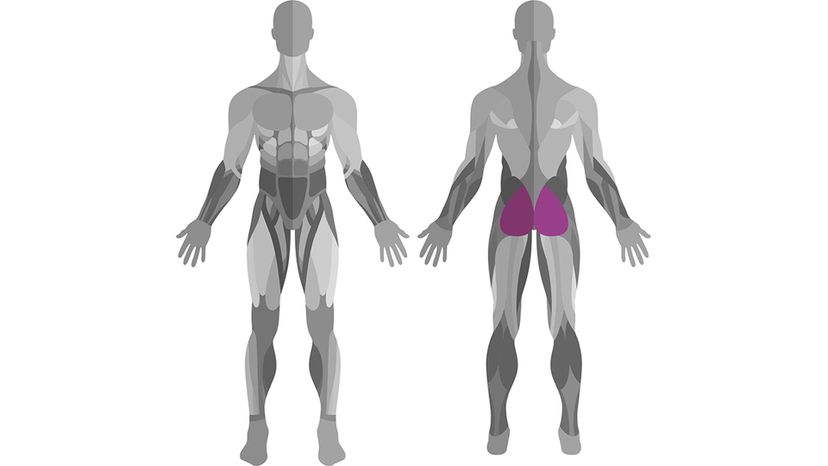
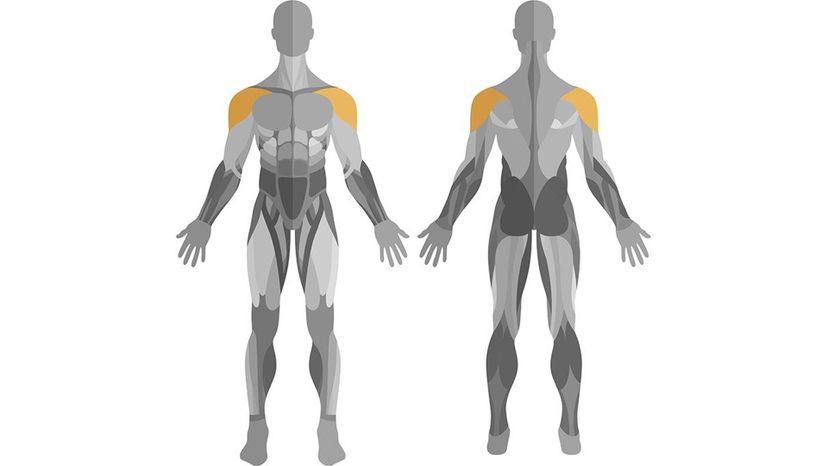
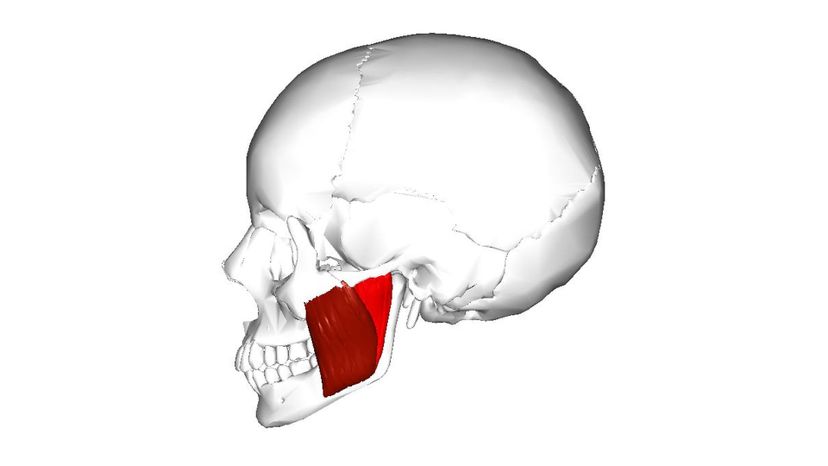
Advertisement
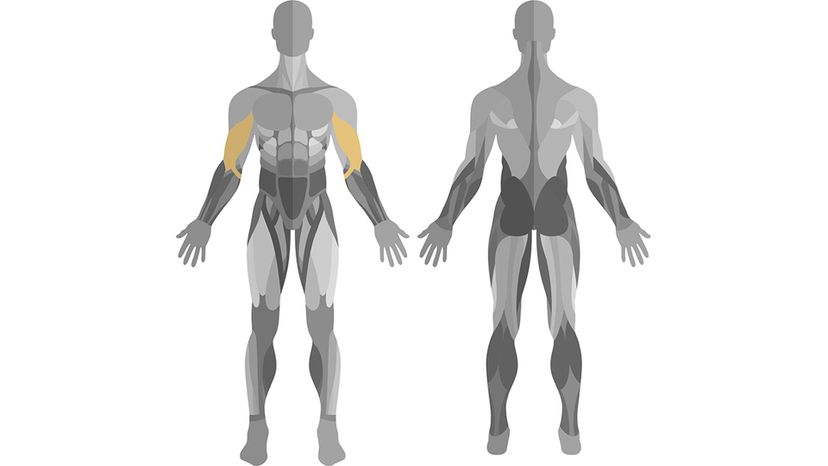

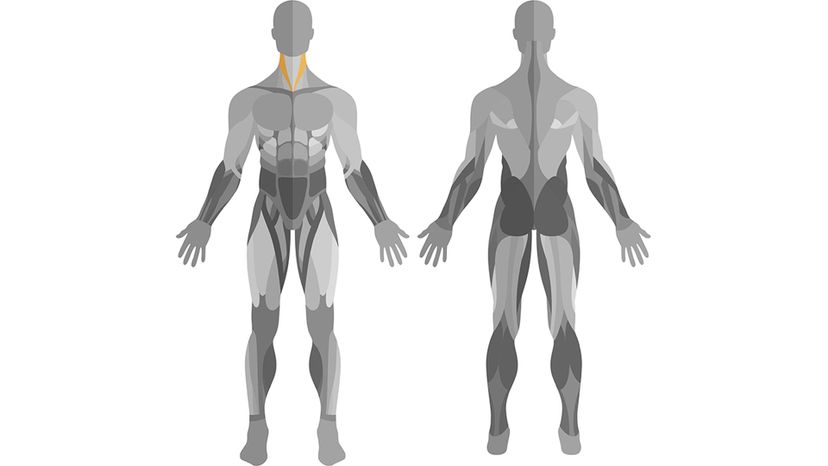
Advertisement

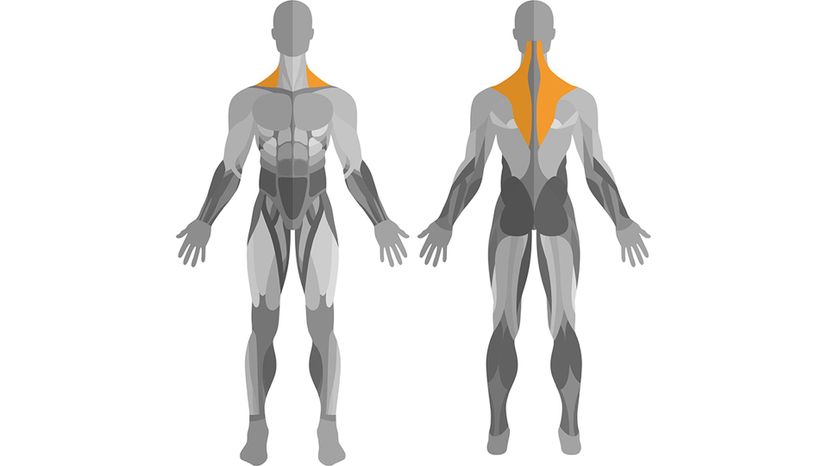
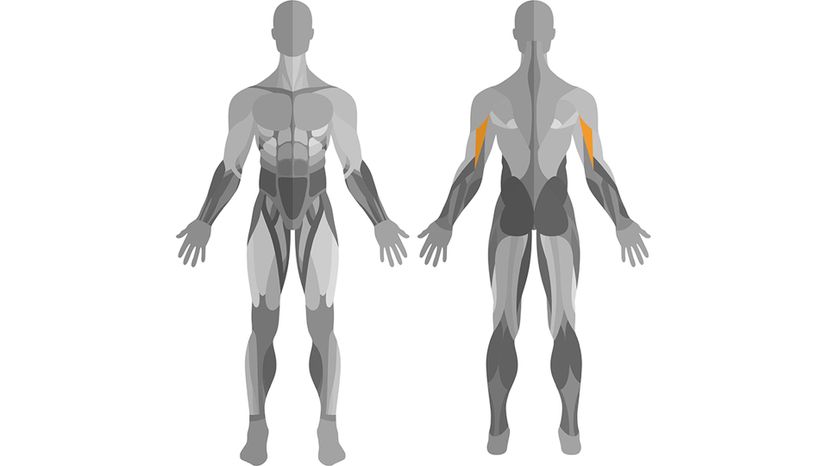
Advertisement
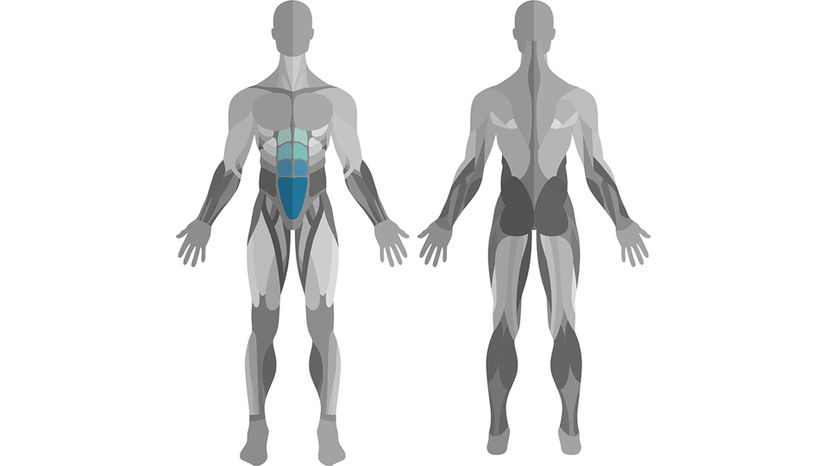
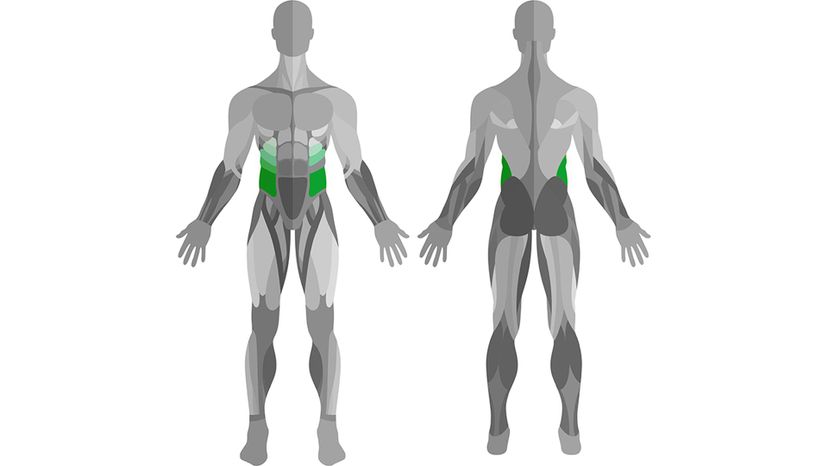
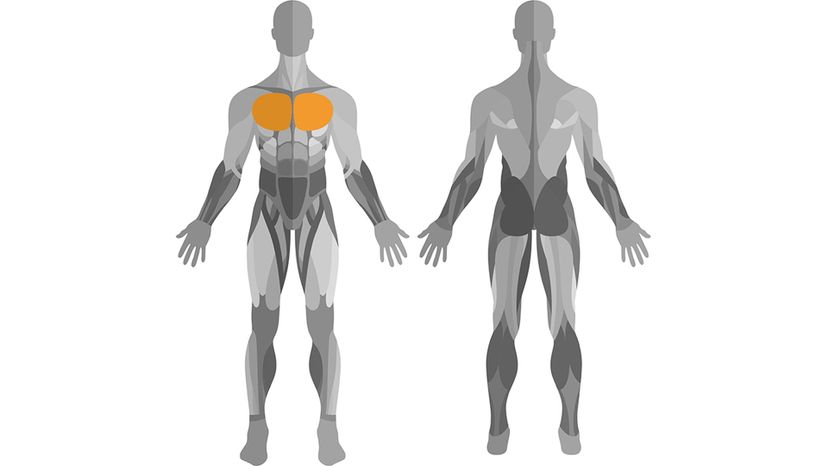
Advertisement
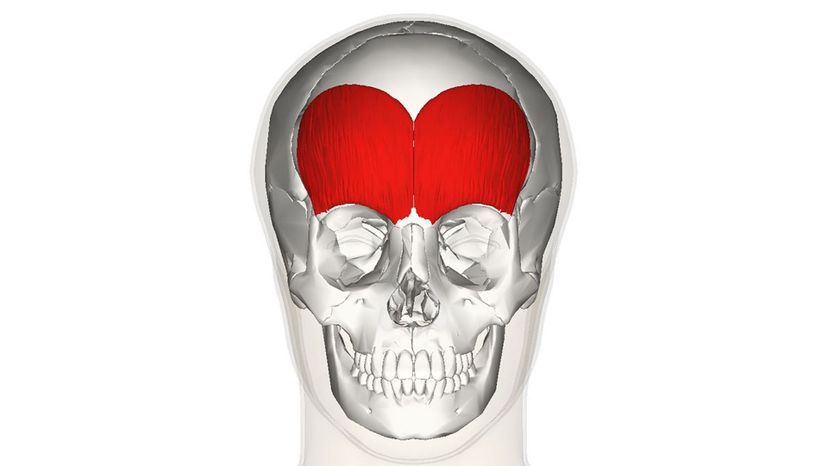
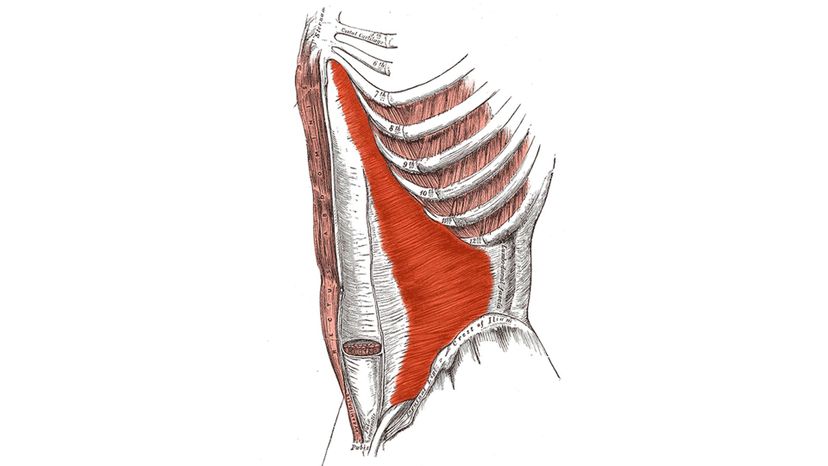

Advertisement
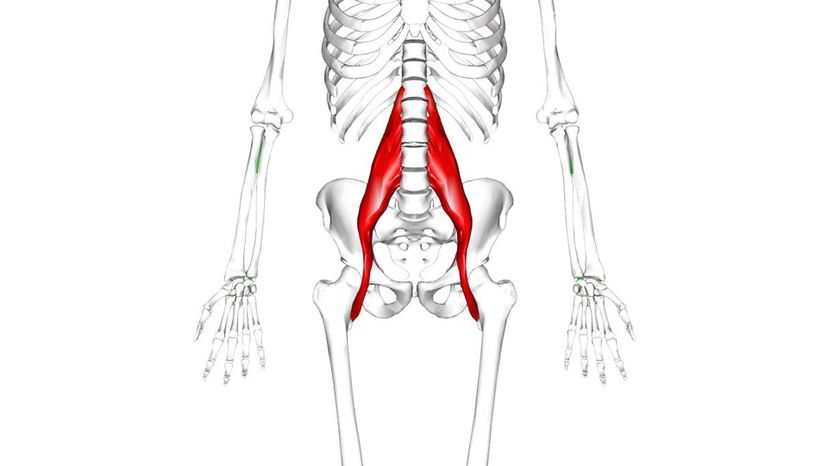
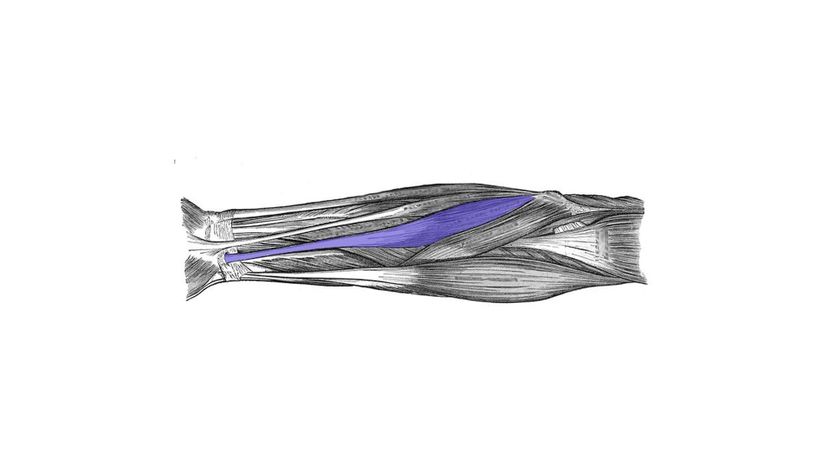
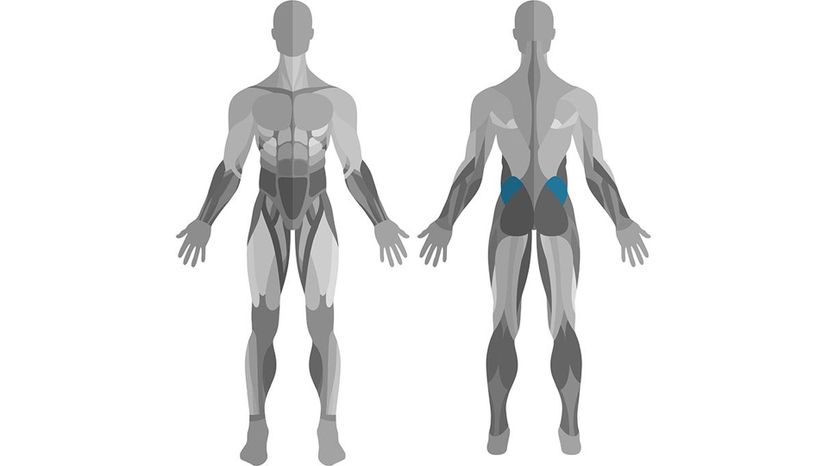
Advertisement

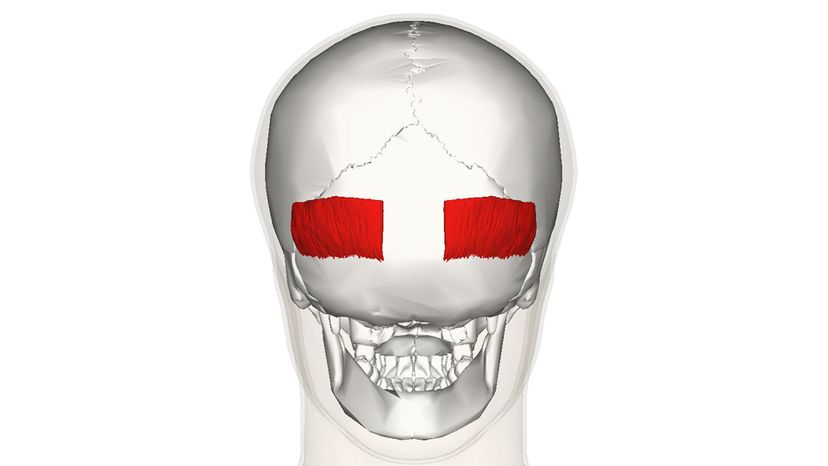

Advertisement
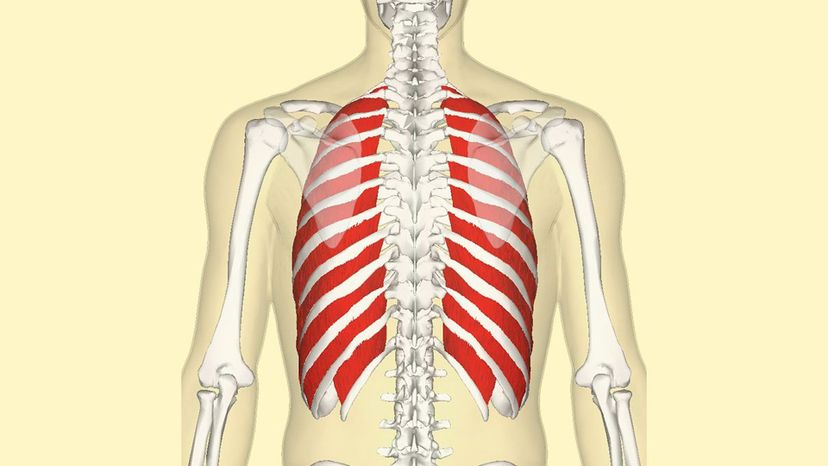
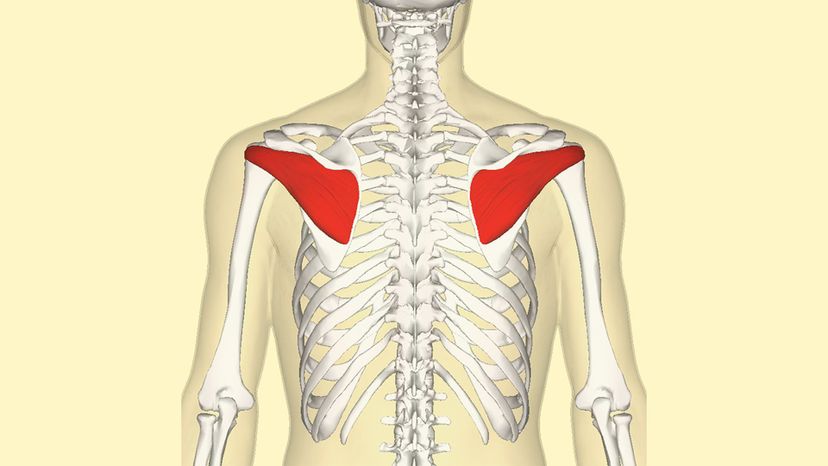
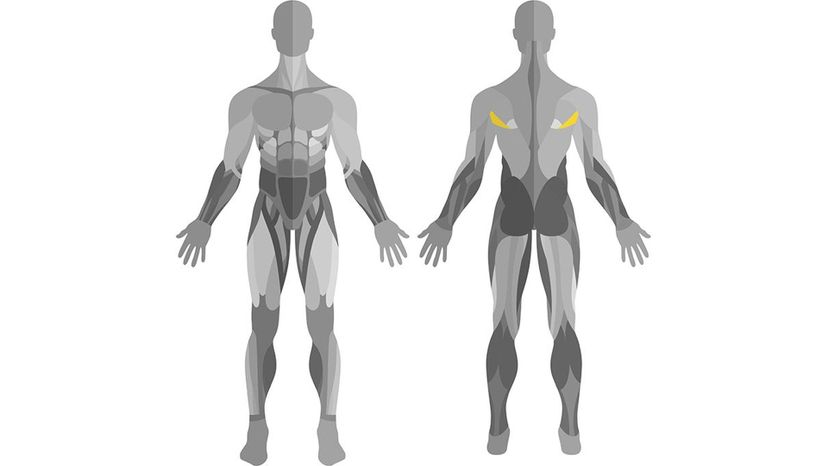
Advertisement
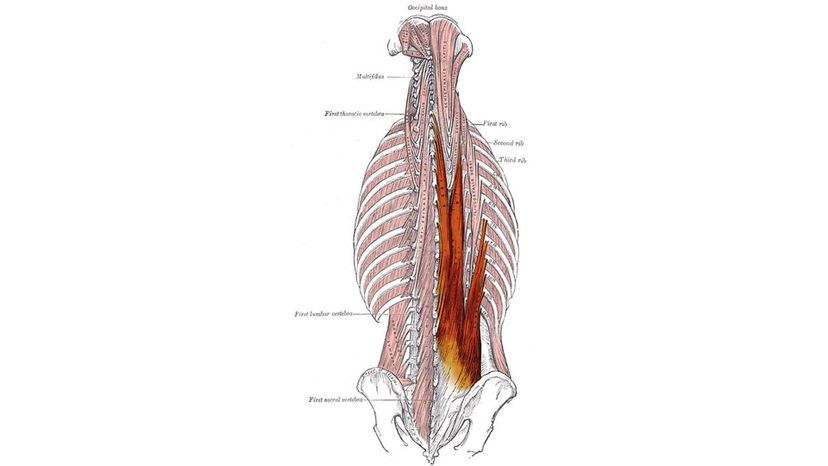

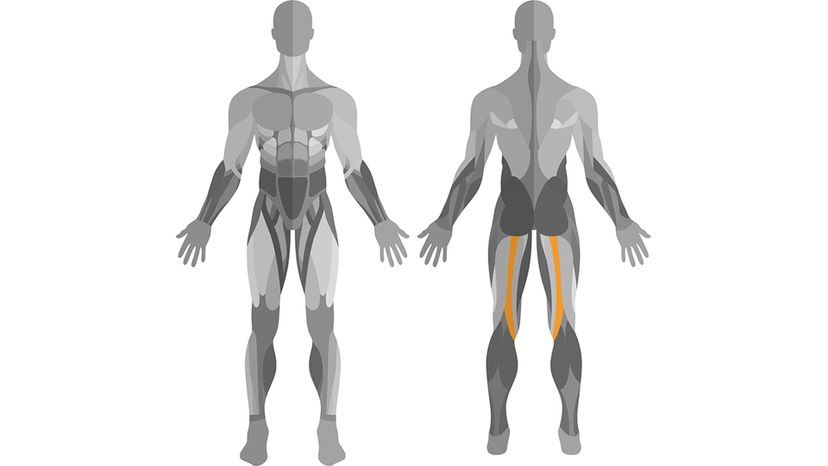
Advertisement

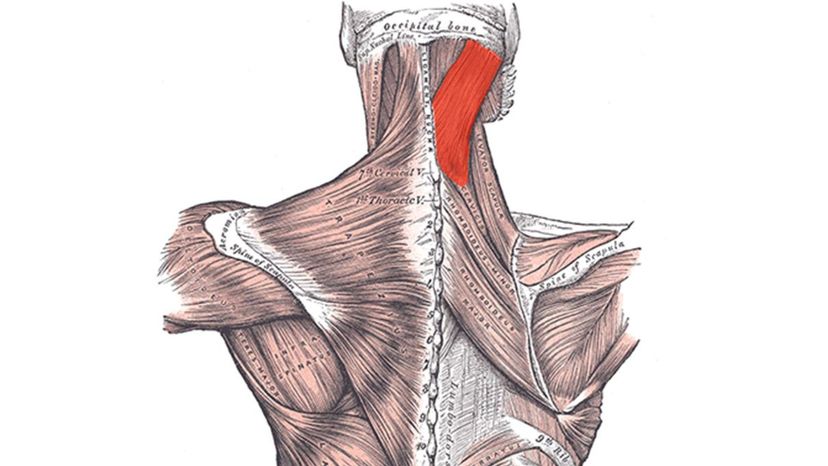
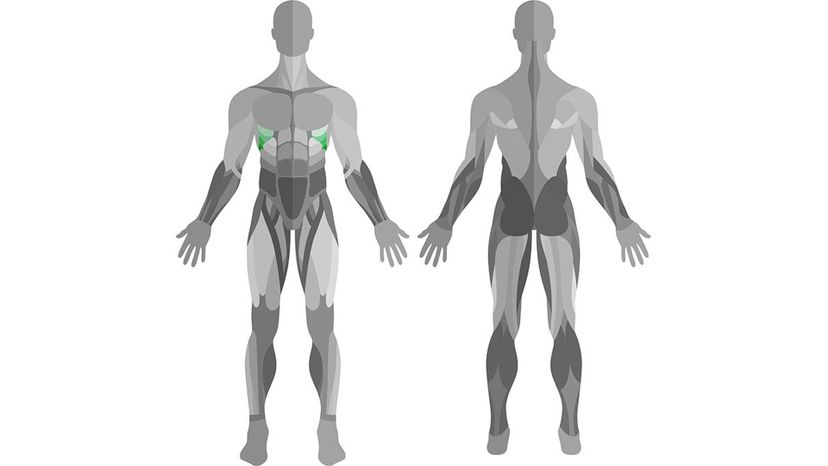
Advertisement
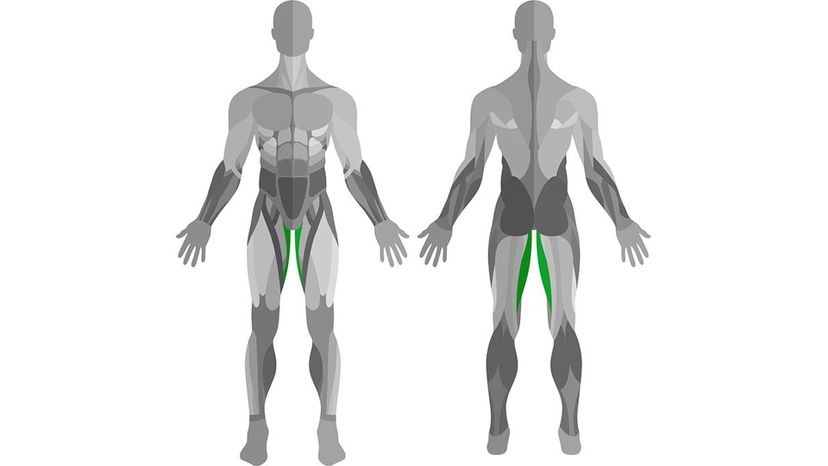
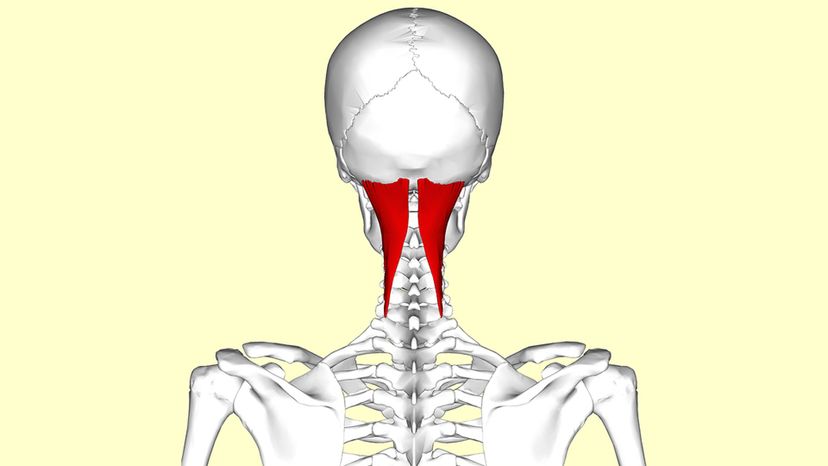
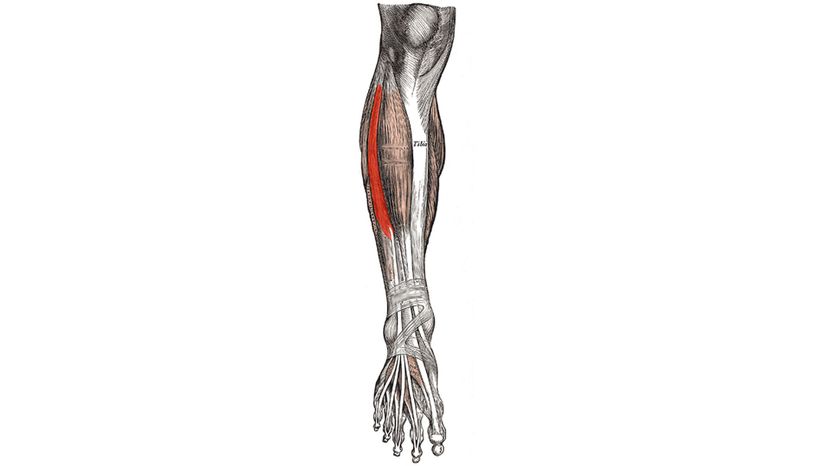
Advertisement
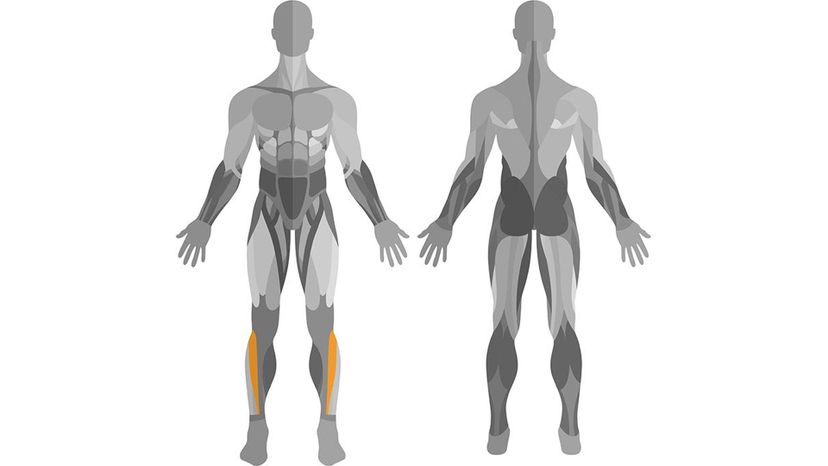
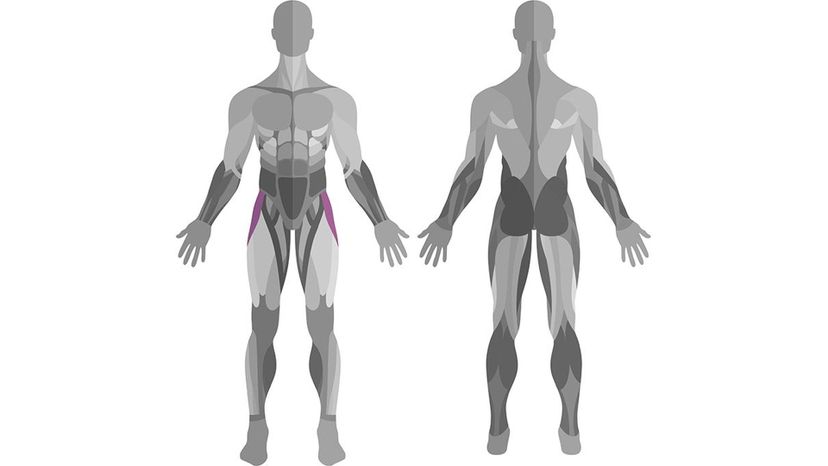
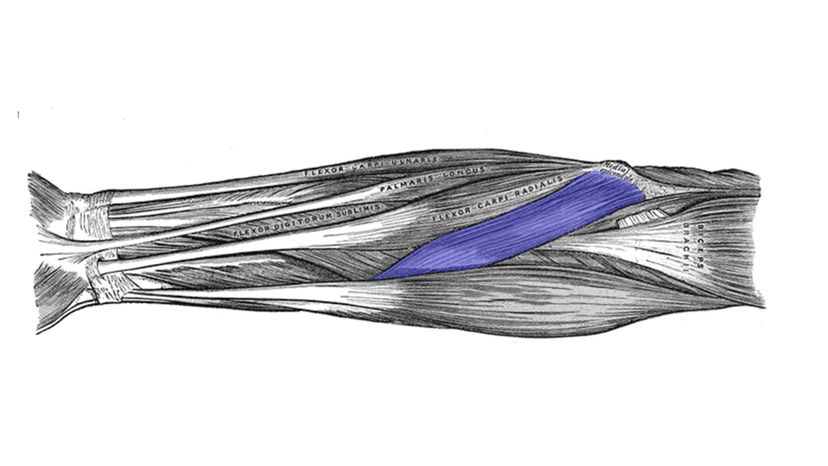
Advertisement
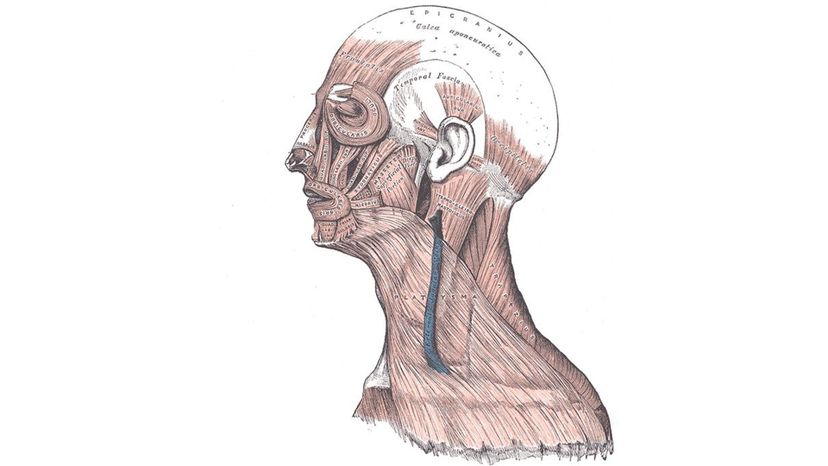

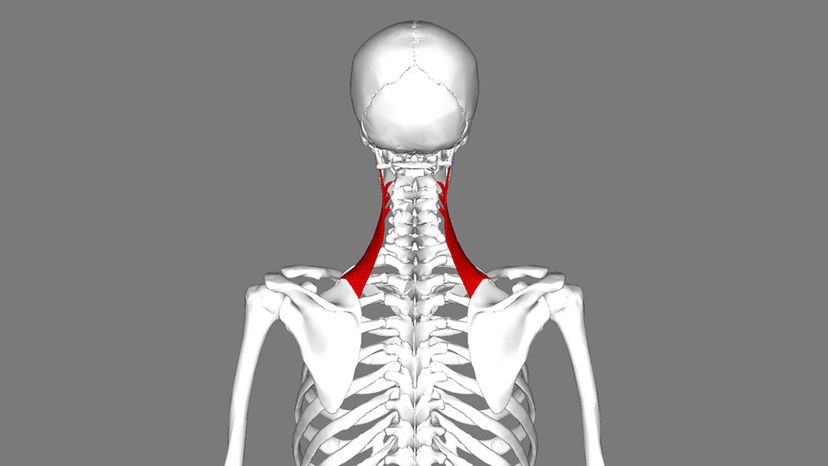
Advertisement
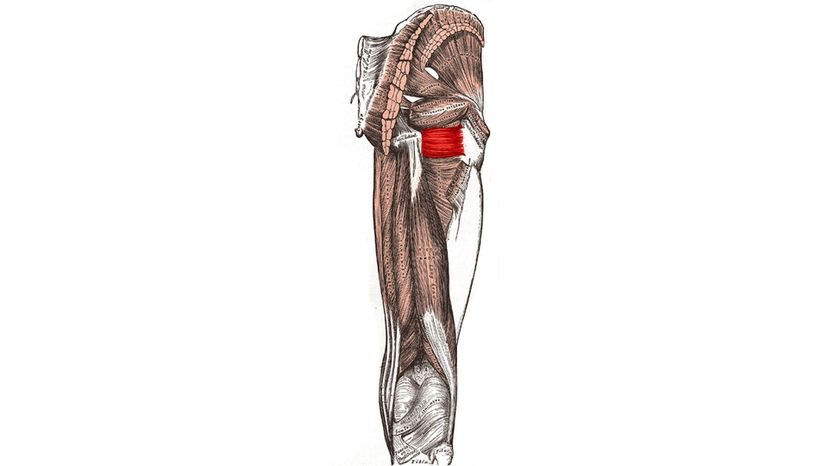
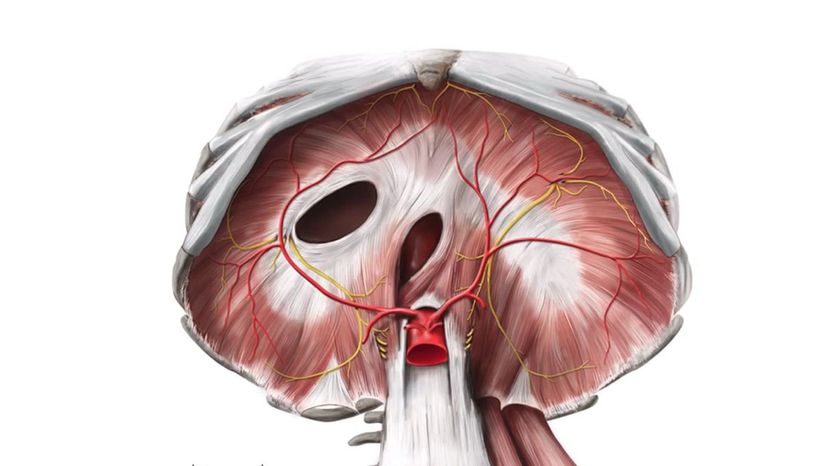
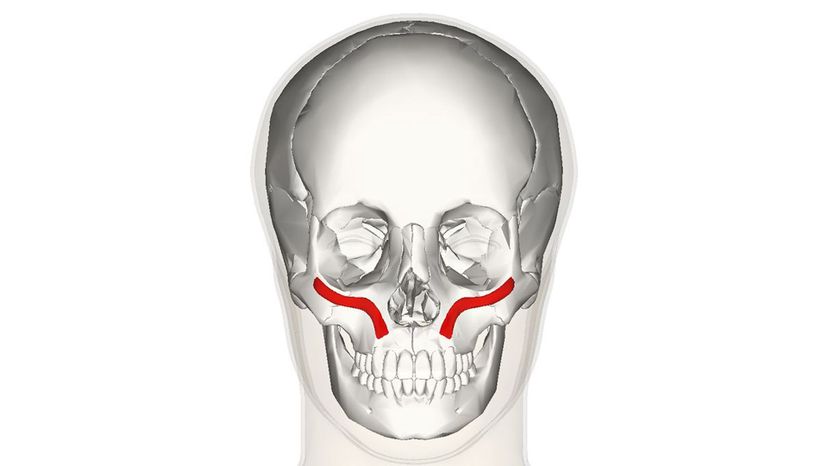
Advertisement